Poultry seasoning is a versatile spice blend essential for flavoring chicken, turkey, and other poultry dishes. Whether you're cooking for Thanksgiving or everyday meals, this guide covers everything you need to know—from what's in it and how to use it to the best brands and a simple homemade recipe.
Table of Contents
What Is Poultry Seasoning?
Poultry seasoning is a blend of herbs and spices commonly used to season chicken, turkey, and other poultry dishes. It's a staple in many kitchens, especially during holidays like Thanksgiving or when preparing roasted birds. The typical ingredients include thyme, sage, rosemary, marjoram, and sometimes black pepper. Some blends may also contain garlic powder, onion powder, or even paprika for a bit of heat. The exact combination can vary depending on the brand or recipe.
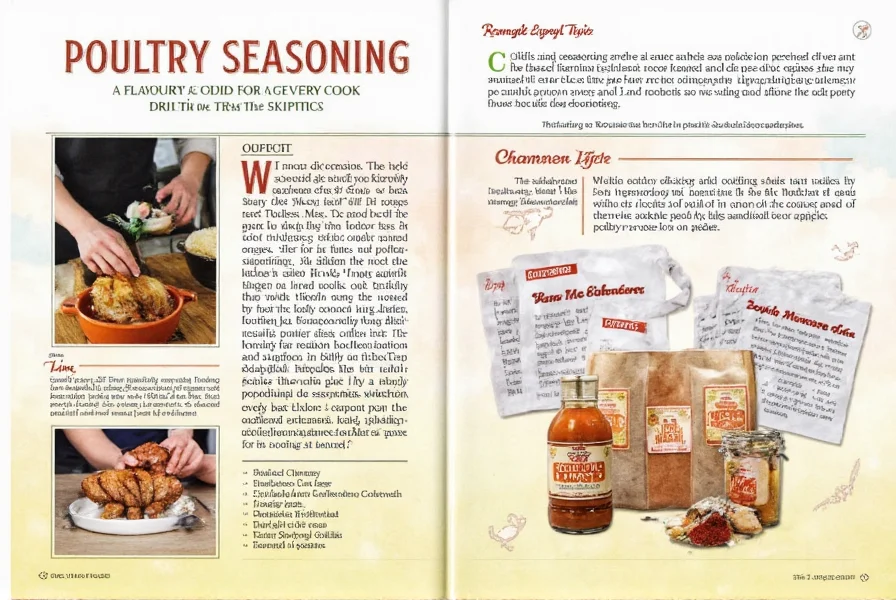
Why Use Poultry Seasoning?
If you're looking to elevate your poultry dishes without overcomplicating things, poultry seasoning is your go-to solution. Here are a few reasons why it's so popular:
- Convenience: No need to measure out each herb individually—just sprinkle and go.
- Flavor Boost: It adds depth and complexity to any roasted or baked poultry.
- Versatility: Can be used in soups, stews, casseroles, and even meatloaf.
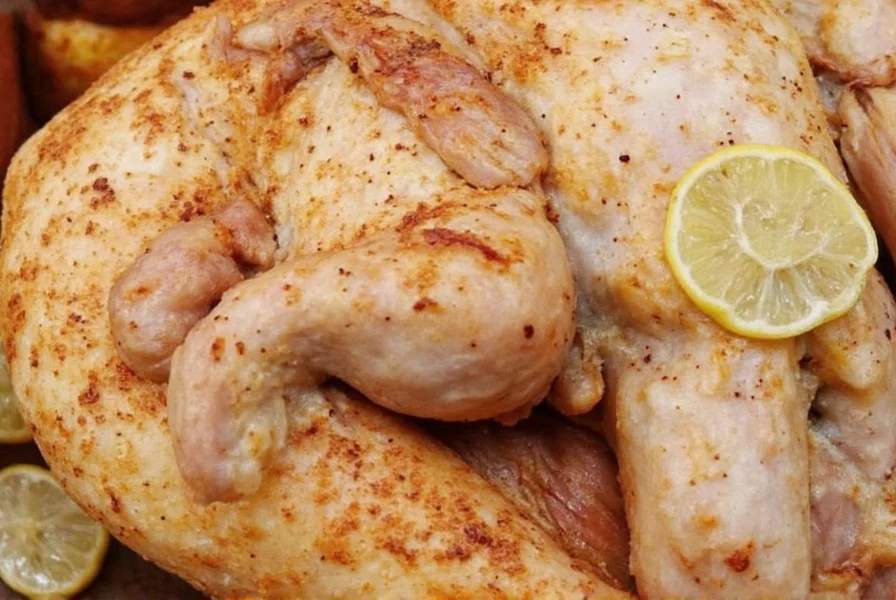
How to Use Poultry Seasoning
Using poultry seasoning is straightforward, but there are some tips that can help you get the most out of it:
- Season Early: Apply it to the bird before roasting to let the flavors penetrate the meat.
- Adjust to Taste: Some people prefer a stronger flavor, while others like it more subtle. Start with a small amount and add more as needed.
- Pair with Butter: Mixing it with melted butter before rubbing it onto the chicken enhances the flavor and helps the seasoning stick better.
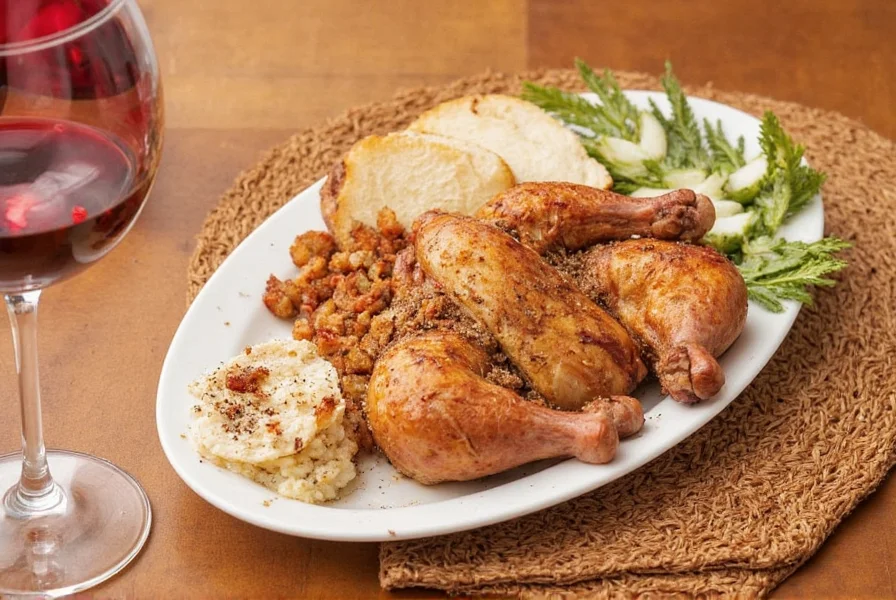
Poultry Seasoning vs. Other Seasonings
| Seasoning | Main Ingredients | Best For |
|---|---|---|
| Poultry Seasoning | Thyme, sage, rosemary, marjoram | Roasted chicken, turkey, stuffing |
| Italian Seasoning | Oregano, basil, rosemary, thyme | Pasta, pizza, tomato-based dishes |
| Herbes de Provence | Thyme, lavender, oregano, rosemary | French-inspired dishes, vegetables, fish |

Buying Guide
When choosing a poultry seasoning, consider the following factors:
- Quality: Look for blends that use fresh, high-quality herbs. Avoid those with fillers or artificial additives.
- Flavor Profile: Some blends are more herbal, while others have a bit of warmth or heat. Choose based on your taste preferences.
- Brand Reputation: Established brands often offer consistent quality and reliable flavor profiles.
Here are a few top picks for poultry seasoning:
- McCormick Poultry Seasoning: A classic choice with a balanced blend of thyme, sage, and rosemary. Ideal for everyday cooking and holiday meals. Available at most grocery stores for $2-$3.
- Morton Poultry Seasoning: Known for its bold flavor, this blend includes garlic and onion powders for extra depth. Great for roasting and stuffing. Price: $3-$4 per container.
- Penzeys Spices Poultry Seasoning: A premium option with a rich, aromatic profile. Perfect for gourmet dishes or special occasions. Price: $5-$7 for a small jar, but worth it for the quality.
- Homemade Option: Make your own for just pennies per batch! See our recipe below for a simple, customizable blend.
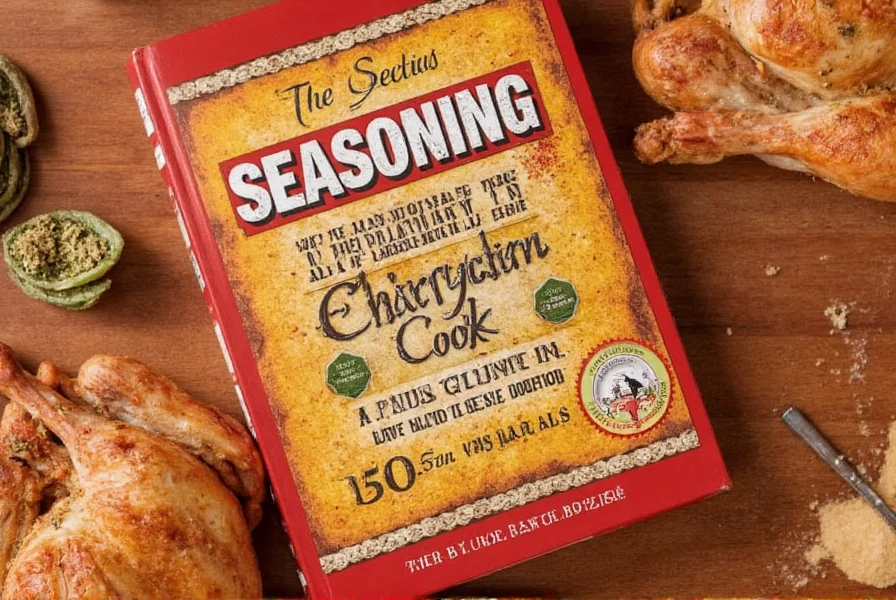
Make Your Own Poultry Seasoning
Creating your own poultry seasoning at home is easy and allows you to customize the flavor to your liking. Here's a simple recipe:
- 2 tablespoons dried thyme
- 2 tablespoons dried sage
- 1 tablespoon dried rosemary
- 1 tablespoon dried marjoram
- 1 teaspoon black pepper
- Optional: 1 teaspoon garlic powder or onion powder for extra depth
Mix all ingredients in a small bowl. Store in an airtight container for up to 6 months. Use 1-2 teaspoons per pound of meat for best results.
Frequently Asked Questions
What is poultry seasoning made of?
Traditional poultry seasoning typically contains a blend of dried herbs including thyme, sage, rosemary, and marjoram. Many commercial blends also include black pepper, and some may add garlic powder, onion powder, or paprika for additional flavor dimensions. The specific ratio of these ingredients varies by brand, creating different flavor profiles from mild and herbal to bold and robust.
Can I use poultry seasoning for dishes other than poultry?
Absolutely! While designed for poultry, this versatile blend works wonderfully in many applications. Try it in vegetable dishes, especially roasted root vegetables. It enhances stuffing, dressing, and gravy. You can also use it in soups, stews, casseroles, and even vegetarian dishes like mushroom risotto or lentil soup. Some cooks even add a pinch to mashed potatoes for extra flavor.
What can I use as a substitute for poultry seasoning?
If you don't have poultry seasoning on hand, you can create a simple substitute by mixing equal parts dried thyme, sage, and rosemary. For a more complete substitute, add a pinch of marjoram and black pepper. If you're in a pinch, herbes de Provence can work as a substitute, though it often contains lavender which gives a different flavor profile. Italian seasoning is another alternative, but it typically has more oregano and basil which changes the flavor slightly.
How much poultry seasoning should I use per pound of meat?
As a general guideline, use about 1 to 1½ teaspoons of poultry seasoning per pound of meat. For a whole turkey or chicken, you might use 1-2 tablespoons total. Remember that fresh poultry often needs less seasoning than frozen birds. When making stuffing or dressing, use about 1 teaspoon per cup of stuffing mixture. Always taste as you go and adjust according to your personal preference and the specific blend you're using.
Does poultry seasoning contain salt?
Most commercial poultry seasoning blends do not contain salt, making them versatile for cooks who want to control sodium levels separately. However, some specialty blends or store brands might include salt, so it's always wise to check the ingredient label. If you're making your own blend at home, you can decide whether to add salt based on your dietary needs and cooking preferences.
How long does poultry seasoning last?
Properly stored in an airtight container away from heat and light, commercial poultry seasoning typically maintains its best flavor for 1-2 years. You'll know it's losing potency when the aroma becomes faint and the color fades from vibrant green to dull brown. For maximum freshness, write the purchase date on the container. If you make your own blend, try to use it within 6-8 months for optimal flavor, as homemade versions lack preservatives found in commercial products.
How do I make homemade poultry seasoning?
It's simple! Combine 2 tablespoons dried thyme, 2 tablespoons dried sage, 1 tablespoon dried rosemary, 1 tablespoon dried marjoram, and 1 teaspoon black pepper. Add optional garlic or onion powder for extra depth. Store in an airtight container for up to 6 months. Use 1-2 teaspoons per pound of meat for best results.
Conclusion
Poultry seasoning is more than just a simple spice blend—it's a flavor enhancer that can transform any dish. Whether you're a seasoned chef or a home cook, understanding how to use and choose the right poultry seasoning can make a world of difference in your kitchen.
Remember, the key to great food lies in balance, and poultry seasoning offers a perfect harmony of herbs and spices that complement poultry beautifully. So next time you're roasting a chicken or preparing a turkey, don't forget to reach for your favorite poultry seasoning.

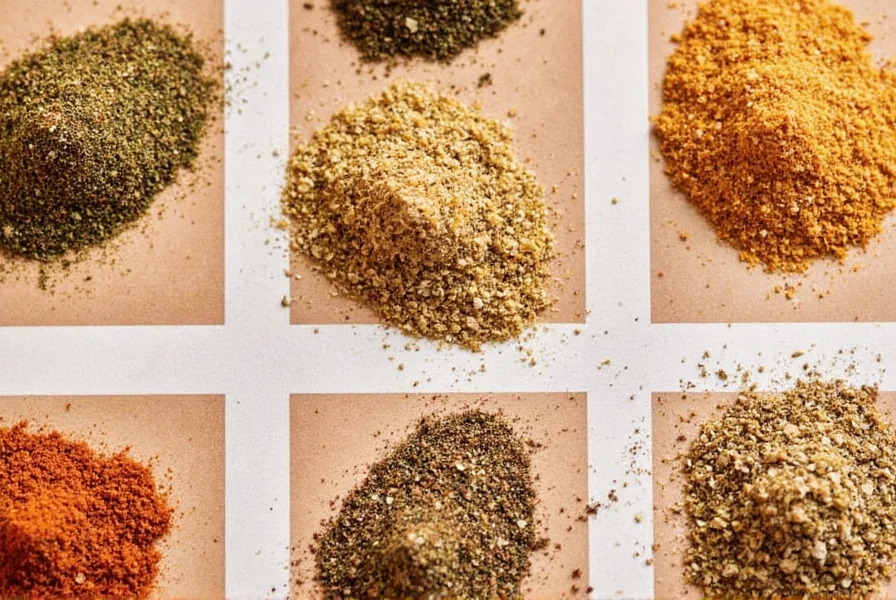









 浙公网安备
33010002000092号
浙公网安备
33010002000092号 浙B2-20120091-4
浙B2-20120091-4